I chose a weird time to talk about autumn flush Darjeelings.

Photo by Rajiv Lochan.
For one thing, it hasn’t been a typical year for the region. (An understatement, true.) But before I get into that, I should probably explain what I mean by “Darjeeling autumn flush”. Here’s a bit of a primer.
In the Darjeeling region of West Bengal, India, there are typically three named seasonal plucking times: first flush (from February-to-May-ish), second flush (from late-May-to-July-ish), and an autumn flush (sometime in October . . . -ish). Why all the “-ish”-es? Because . . . weather.
Tea gardens in the region kind of do it old school. Complex irrigation infrastructure doesn’t really exist, save for the really large gardens. As a result, most rely on the whims of weather. Normally, winters are cold and rainy, and the resulting precipitation determines when the spring pluck (the first flush) begins. Lowland tea estates usually start ramping up plucking/production by late-February.
Those yields set the pace for the rest of the year. Depending on how bountiful the spring harvest was, second flush begins shortly after. It only ends when the heavy summer (read: monsoon) rains roll in. However, a few industrious estates may still churn out a pluck during this three-month period (often dubbed a “monsoon flush”).
Once the rains end—sometime in late-October—one final harvest is attempted. It usually doesn’t last as long as the main two. Autumn flushes typically run for the majority of November, until the winter mists set in. The tea leaves harvested during this short stint tend to have an earthier, woodier bend with a more boldly stone fruit finish. Less muscatel than second flushes.
In the fall of 2016, I was able to see (and taste) for myself.

The teas I had were pleasant, reminding be more of low-altitude Sri Lankan offerings, than the palatial presents provided by Darjeeling’s usual fair. I was pleasantly surprised. They were even daily drinkers for awhile.
Then came 2017, and . . . hoo-boy . . .
First flush got a late start last year due to one extreme culprit: drought.
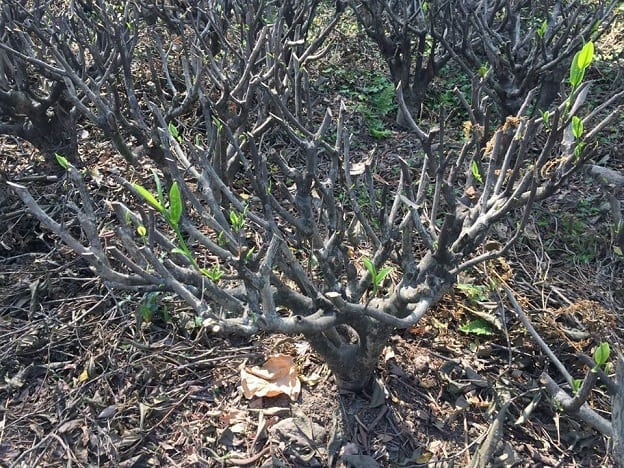
Photo by Rajiv Lochan.
The longest the region had seen in nearly three or four years. While some estates attempted an (albeit small) first flush production. Most had to delay full scale harvesting until April. As a result, second flush was pushed back to June. And just as that was ramping up, the monsoon rains came early. Two months early!
Said rains affected the—usually bold—muscatel flavor of some second flush offerings. To which I can attest.
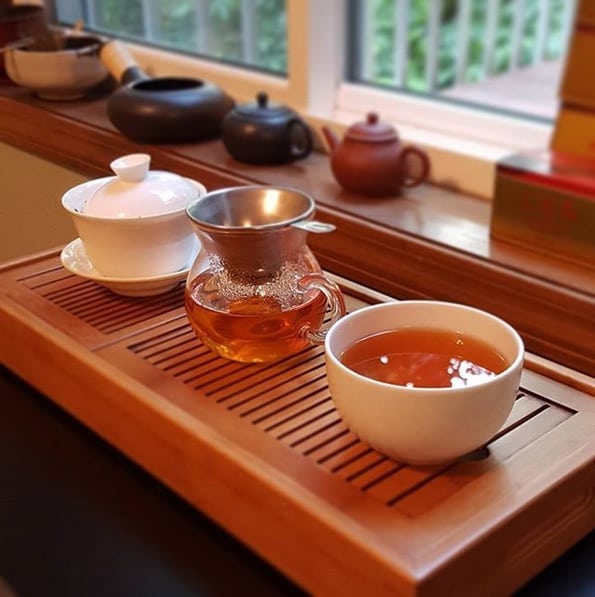
Of the three second flushes I tried, only one tea with “Muscatel” in the name actually possessed those notes. None of them were bad. In fact, they were quite great, but they weren’t characteristically Darjeeling.
Then came the strike.
People of Ghorka descent took to the streets, and this included the majority of people working on Darjeeling tea estates. In response to this defiance, officials in West Bengal shut down the entire Indian state. Of course, I’m over-simplifying the events, but that’s basically what happened. Regardless of one’s viewpoints on the matter, one thing was certain: this was the first time many had seen a Darjeeling production season canceled.
Gardens didn’t reopen until September. Since the monsoon rains came early, and mostly tapered off by late-August, they were able to gear up for autumn flush early. But there was one final snag.
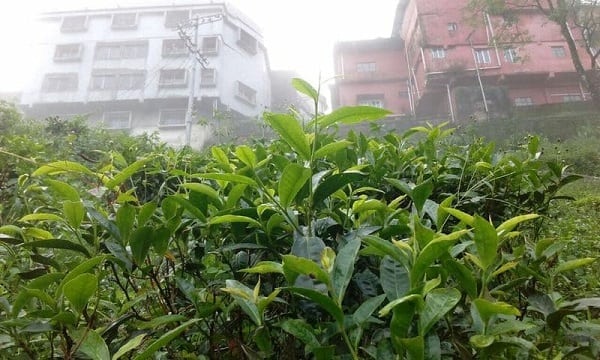
Tea bushes of Rohini. Photo by Rajiv Lochan.
During the three-month strike, tea bushes had gone un-pruned. Whole gardens looked like Chinese or Taiwanese gardens tailored for wild-harvest products. Not only would clearing things out prove laborious, but—given the “break” the tea bushes received—the flavor would surely be affected. How much so?
Well . . .
In December, I received a package from Vivek of Lochan Tea. He sent along several autumn flush Assams and Darjeelings. The latter of which, I was really excited for. Given how reliable the two 2016s I tried were, I expected more of the same from 2017. Unfortunately, I couldn’t dip into them until, roughly, two months after that.

The week of this writing, I decided upon a flight of three: Sourenee FTGFOP 1 SPL, Giddapahar SFTGFOP 1 CL TPY, Kanchan View FTGFOP 1. What do all the numbers and letters mean? Basically leaf grade. I won’t go into it here; just think of them as markers for quality. Elaborating on the acronyms would take up an entire blog.
These were my thoughts:
I couldn’t hide my surprise, and—believe me—I tried. I never thought I’d run into so much muscatel in autumn flush offerings. Sourenee had a bit of first flush florality . . . then muscatel. Giddapahar had creaminess . . . then muscatel. Rungneet/Kanchan View had muscatel . . . then more muscatel.
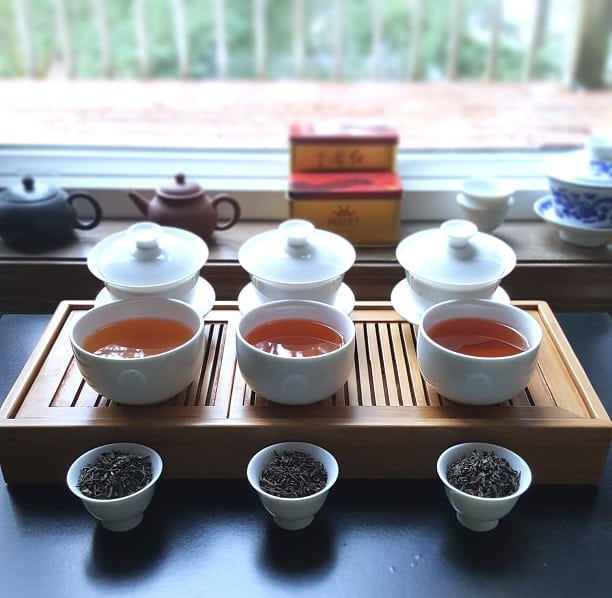
A mere day after doing this flight, I saw this update from Team Lochan:
The Glenburn estate was gearing up for first flush . . . in January!? A whole month earlier than most of the other gardens! A few were also following suit. Some argued that this shouldn’t have been possible. Technically and officially, it was still winter!
Many in the region gave this rebuttal: winter proved far milder than usual. The weather was warmer, tea bushes were sprouting shoots early. While I definitely think that played a factor in early production, another factor might’ve been practicality. Given the mild winter, and the volatility of the year prior, maybe they were ramping up production early to give themselves a buffer? Y’know, in case anything did happen to delay future harvests.
Should such an early attempt at first flush be called something else, then? Winter flush? Frost flush? . . . Courtesy flush?
(Okay, perhaps not the latter.)
Whatever the flush, Darjeeling’s climate is changing—both literally and figuratively. And whichever way the wind blows, I hope to still taste that change. From spring to autumn.

For more information on Lochan Tea, go HERE.
For purchases and wholesale inquiries, go HERE.

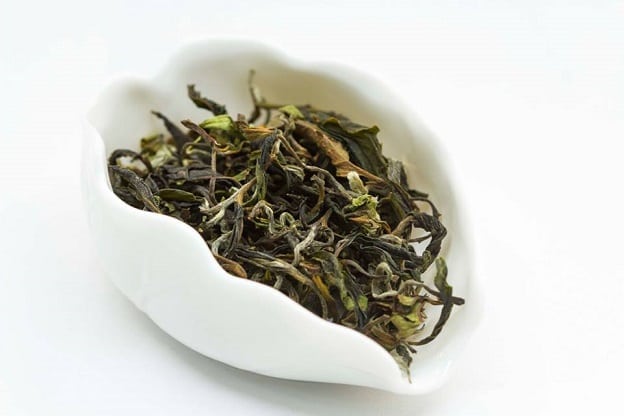
Xavier
I would go for Winter Flush.